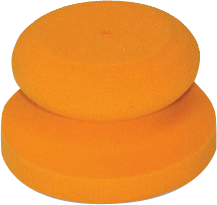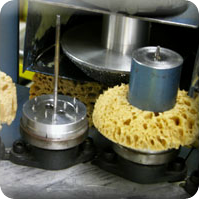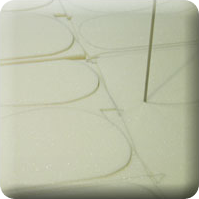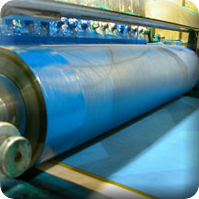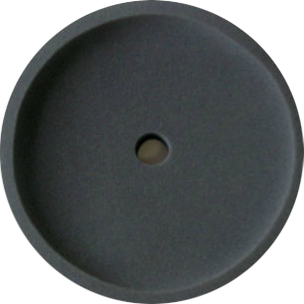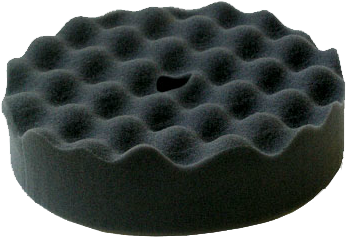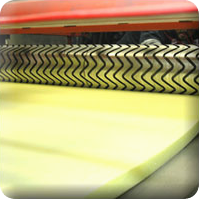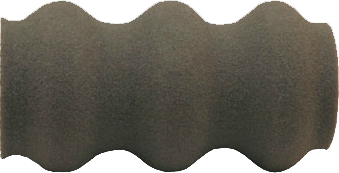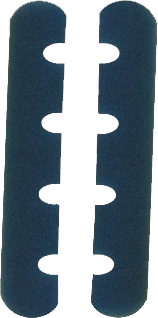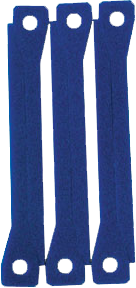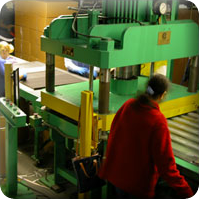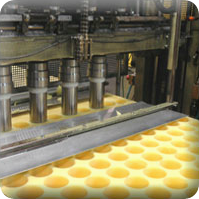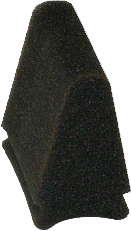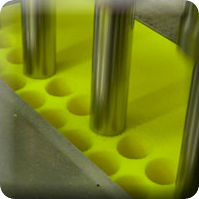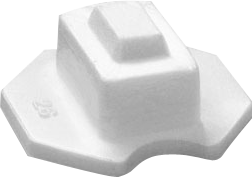Offering design & engineering, fabrication, and quality control making sure your custom foam parts perform.
REMPAC Medical-Indust. One-Page
Fabrication techniques fall into two major categories: cutting technologies and post treatment technologies. Cutting technologies are more diverse than most foam users imagine. Since the foam industry is very competitive, foam producers and fabricators have made major investments in equipment, processes and procedures to make foam cutting as efficient as possible. Cutting technologies are designed to minimize waste and increase the speed with which fabricated parts can be properly manufactured. In some cases, equipment compresses the foam before it is cut so that the cut foam has a unique shape or design. Convoluted or “egg crate” foam is manufactured in this way. The foam is “deformed” as it is cut to produce the unique convoluted shape. The process is designed so that a single piece of foam produces two identical convoluted parts – thus eliminating any waste material. Other “cutting” technologies include wave convolutes, grooving or scoring foam, drilling, slitting, and grinding or buffing foam edges to produce a rounded look. There is also hot wire, template, die and computer contour cutting for intricate parts. These techniques allow complex foam pieces to be duplicated with accuracy time and time again.
Once foam is cut, it is often further fabricated with post treatment technologies. These may involve combining foam with another material, such as a nonwoven substrate or fiber, or perhaps bonding several different types of foam together. Techniques for this process include flame bonding, hot film bonding, or powder laminating, where a powder adhesive is used to bond foam to a substrate through a heat process. For simpler components, such as furniture seat cushions which are covered with a layer of fiber, contact adhesives may be sprayed onto the foam by hand and the fiber applied. More complex post-treatment technologies include bonding several layers of foam and fabric together in a steam heat process to form the assembly into a specific shape. The shaped foam composite is then used for applications like seat cushions for contract furniture, gym mats or automotive components.
We specialize in working with our customers to provide the correct part for the intended application.

